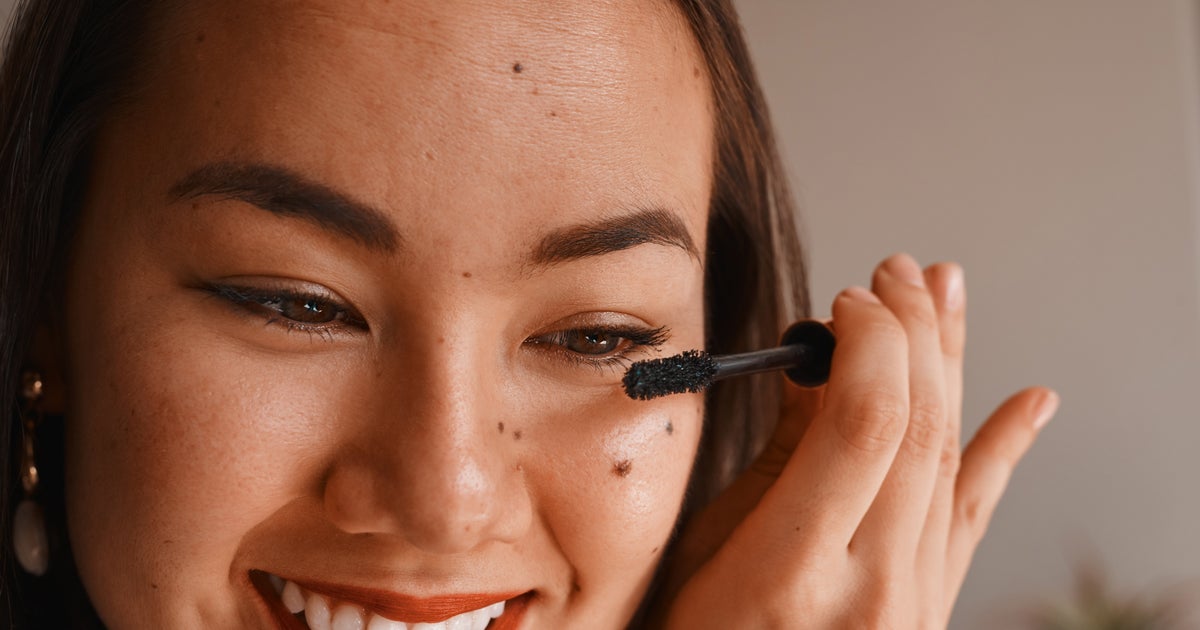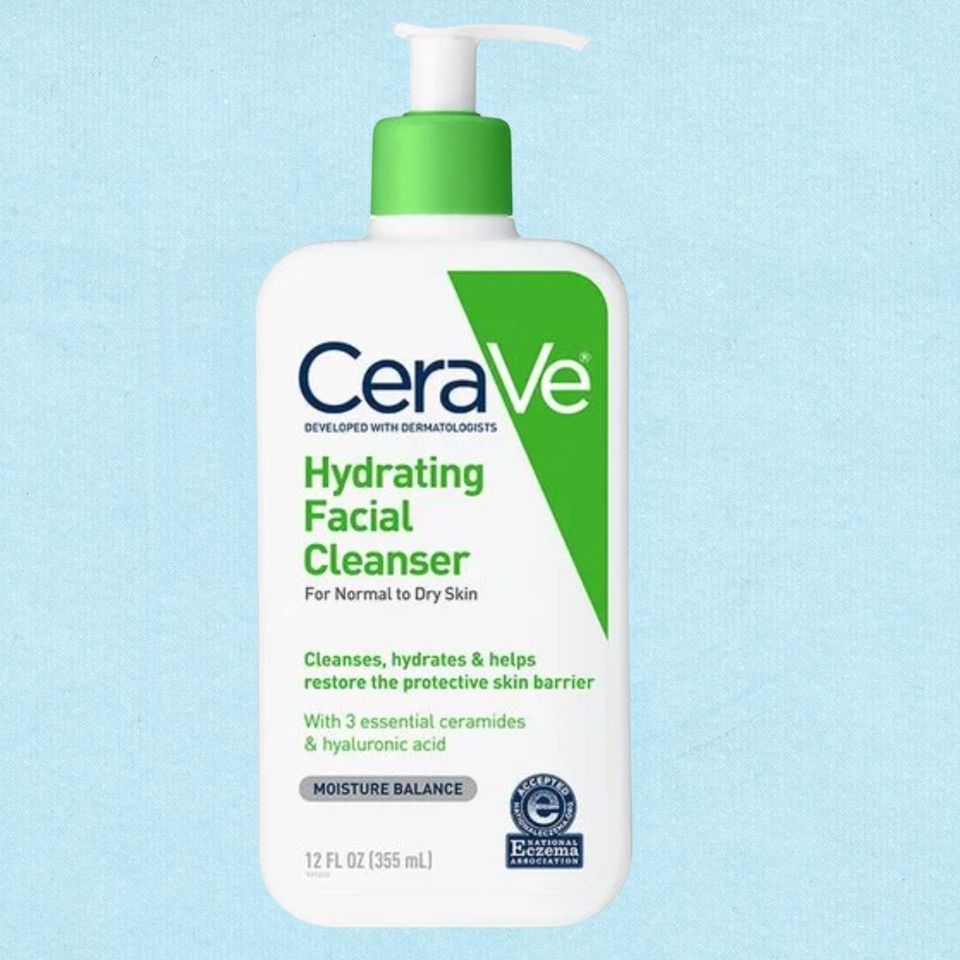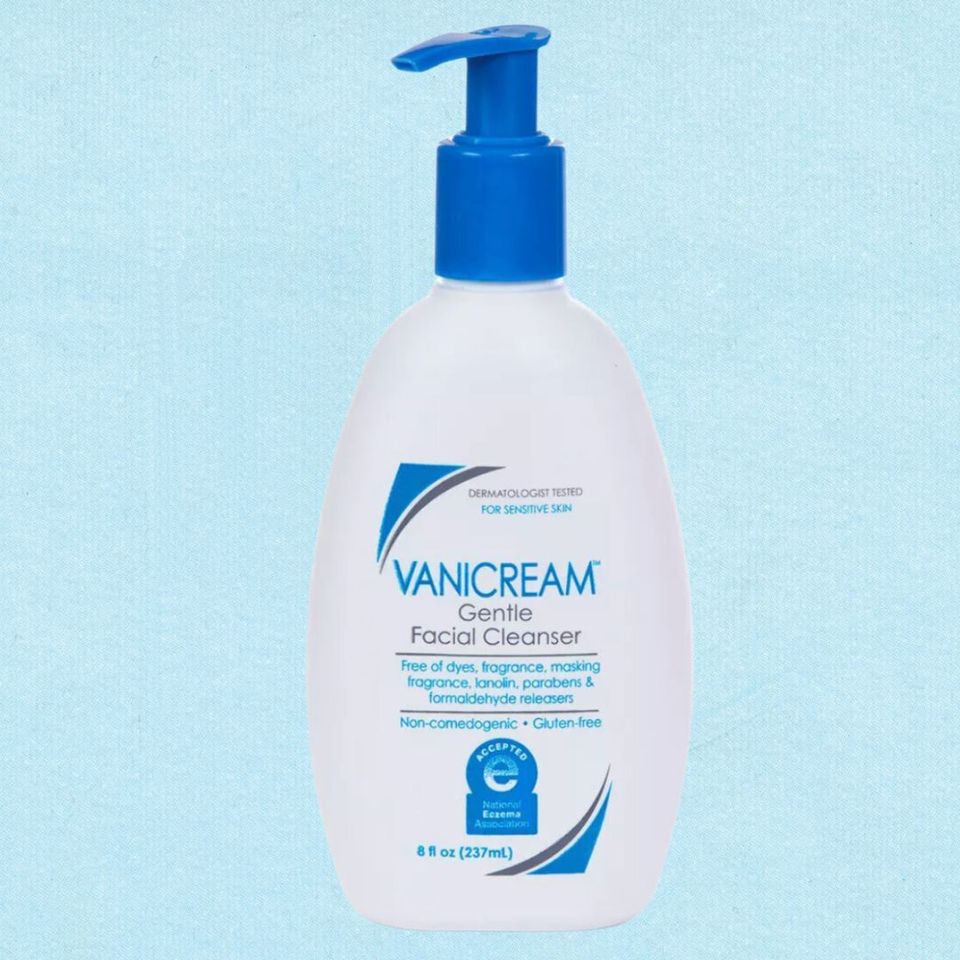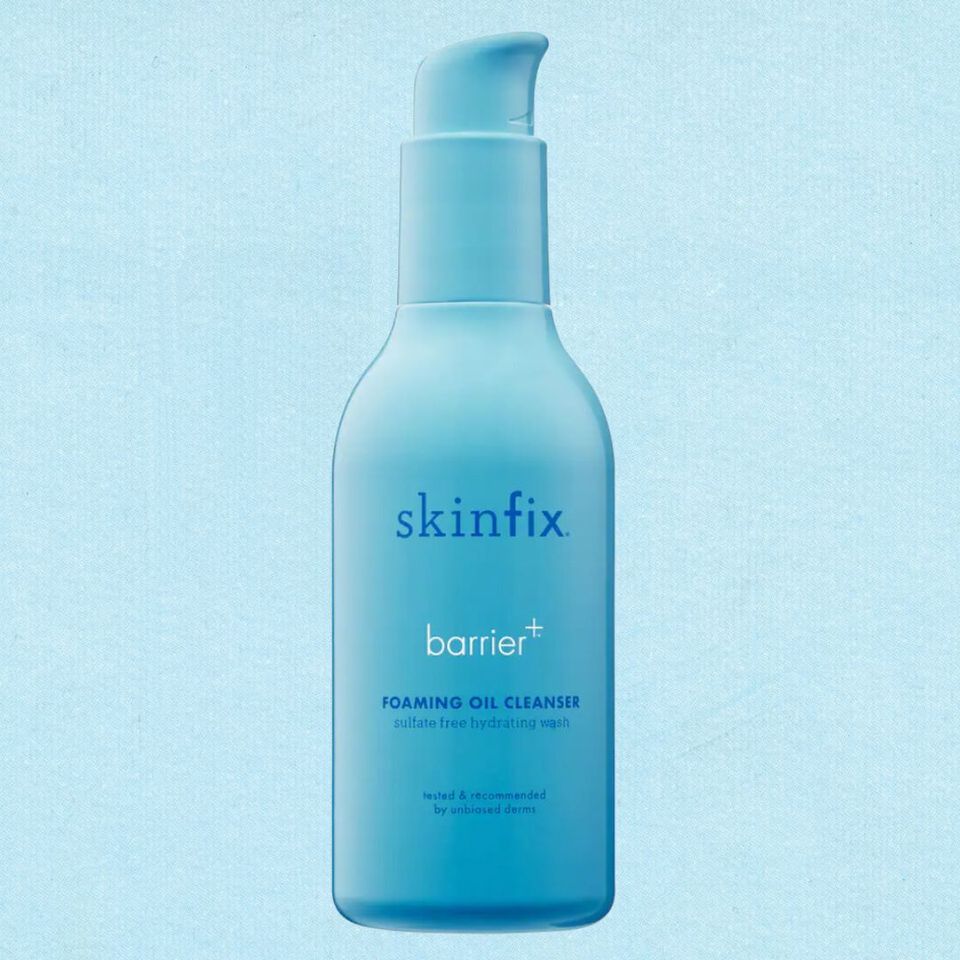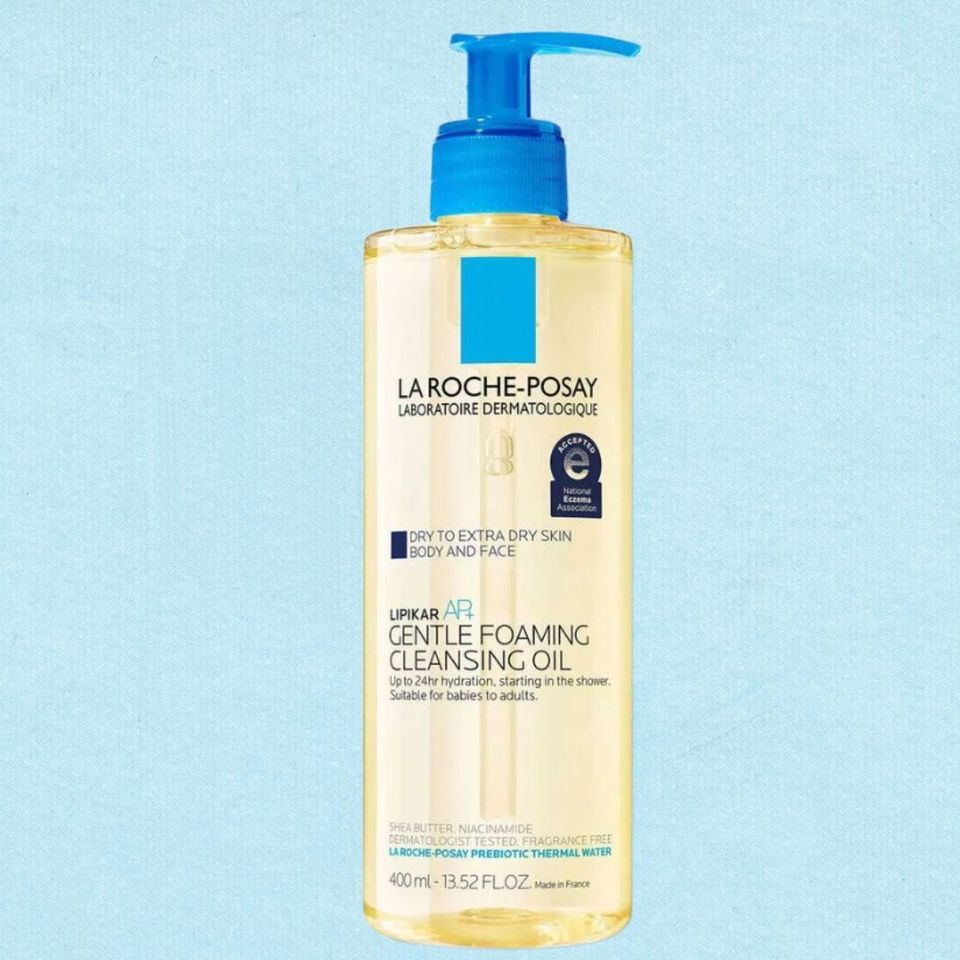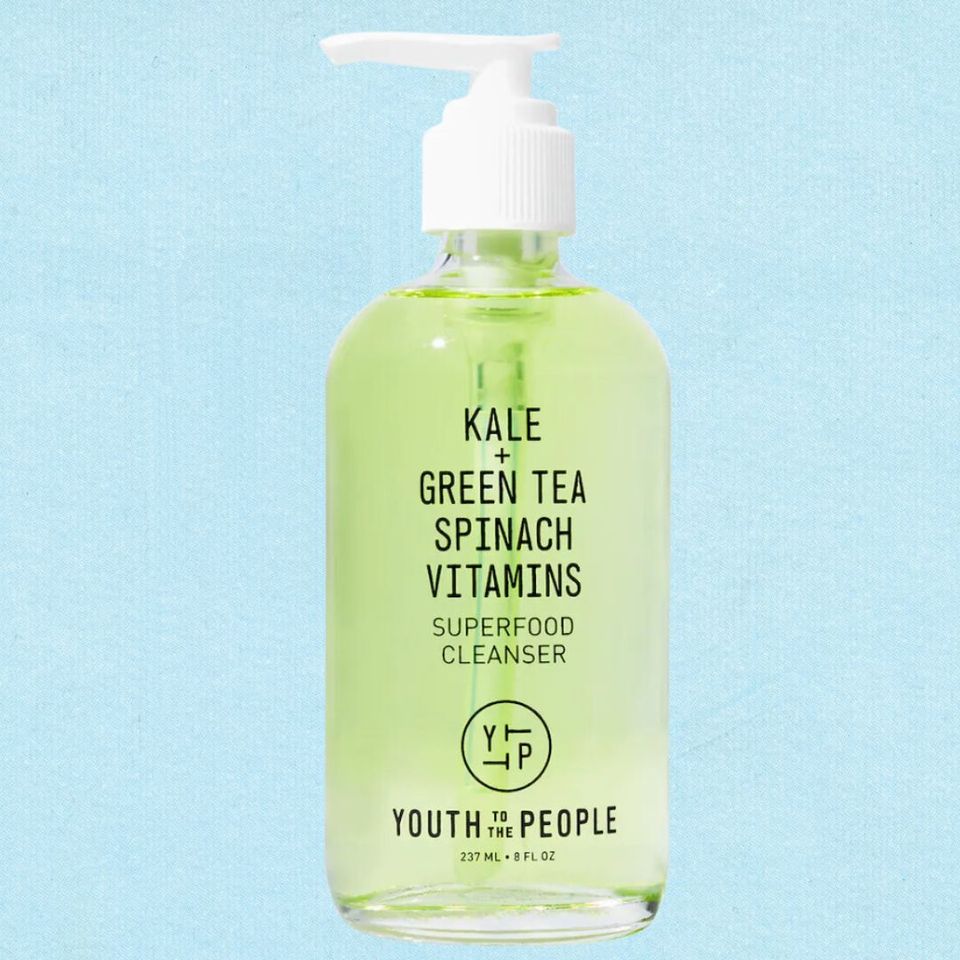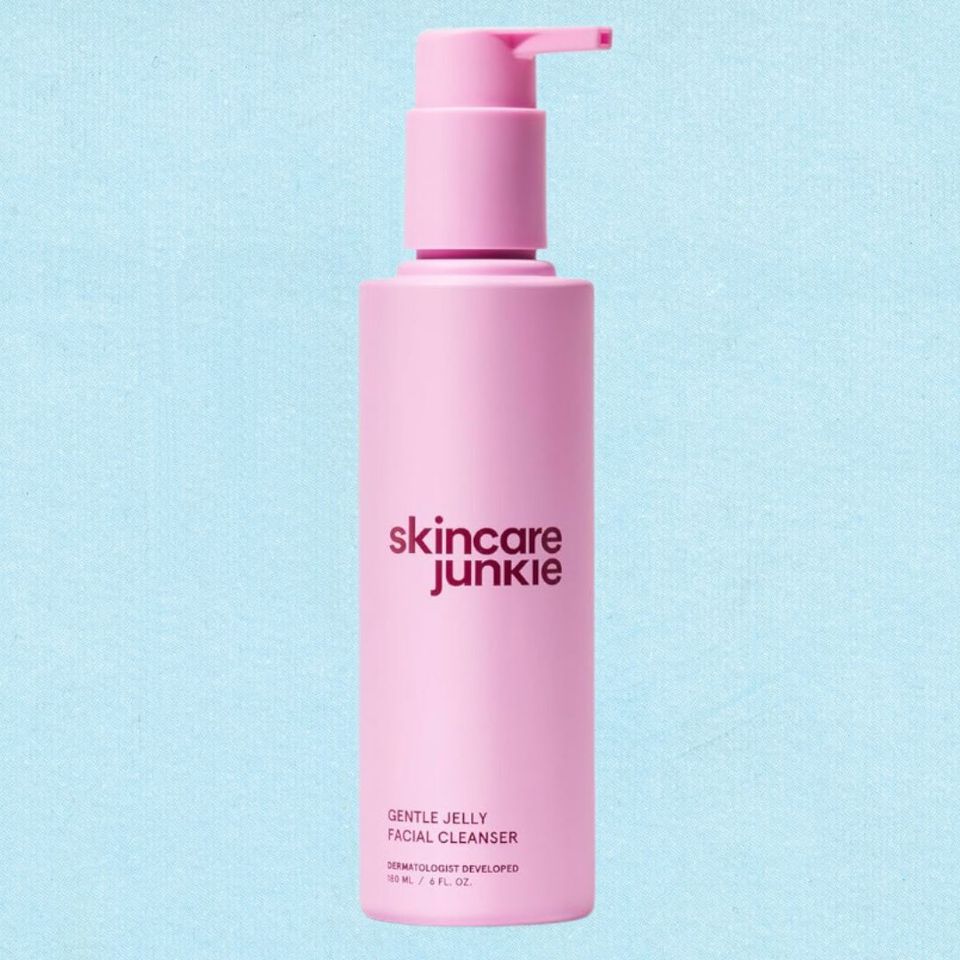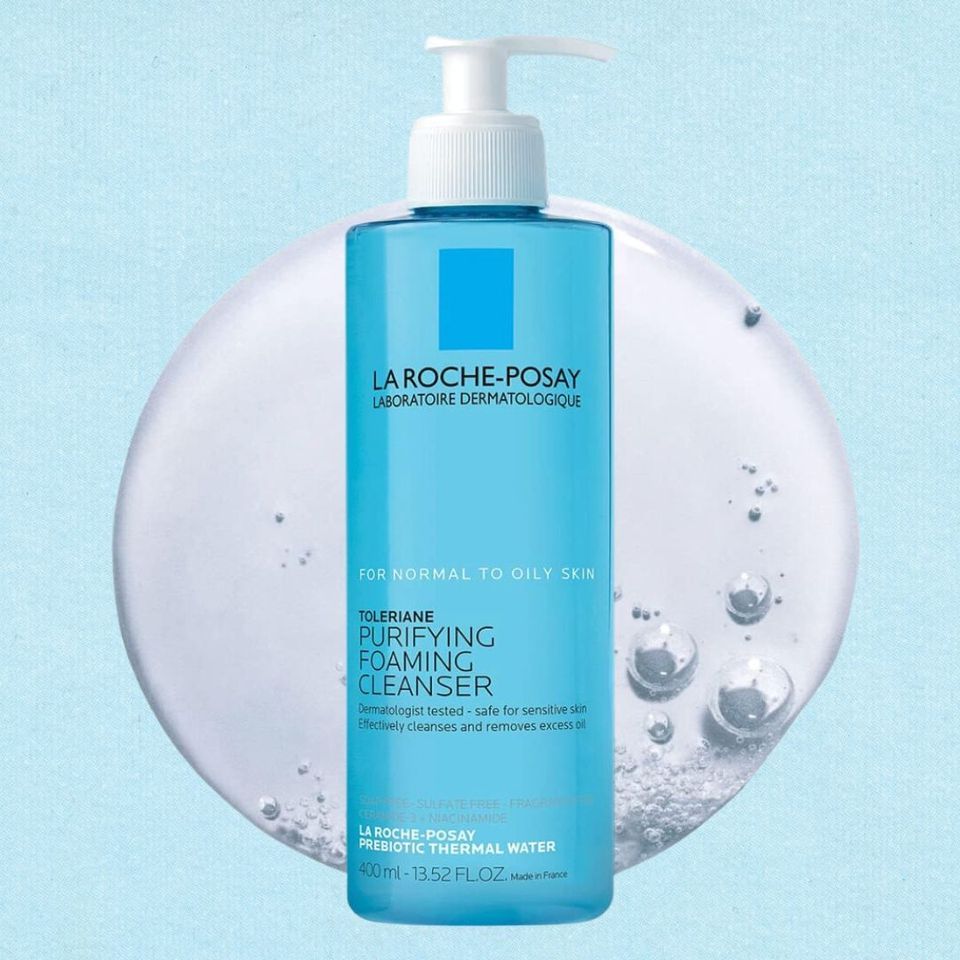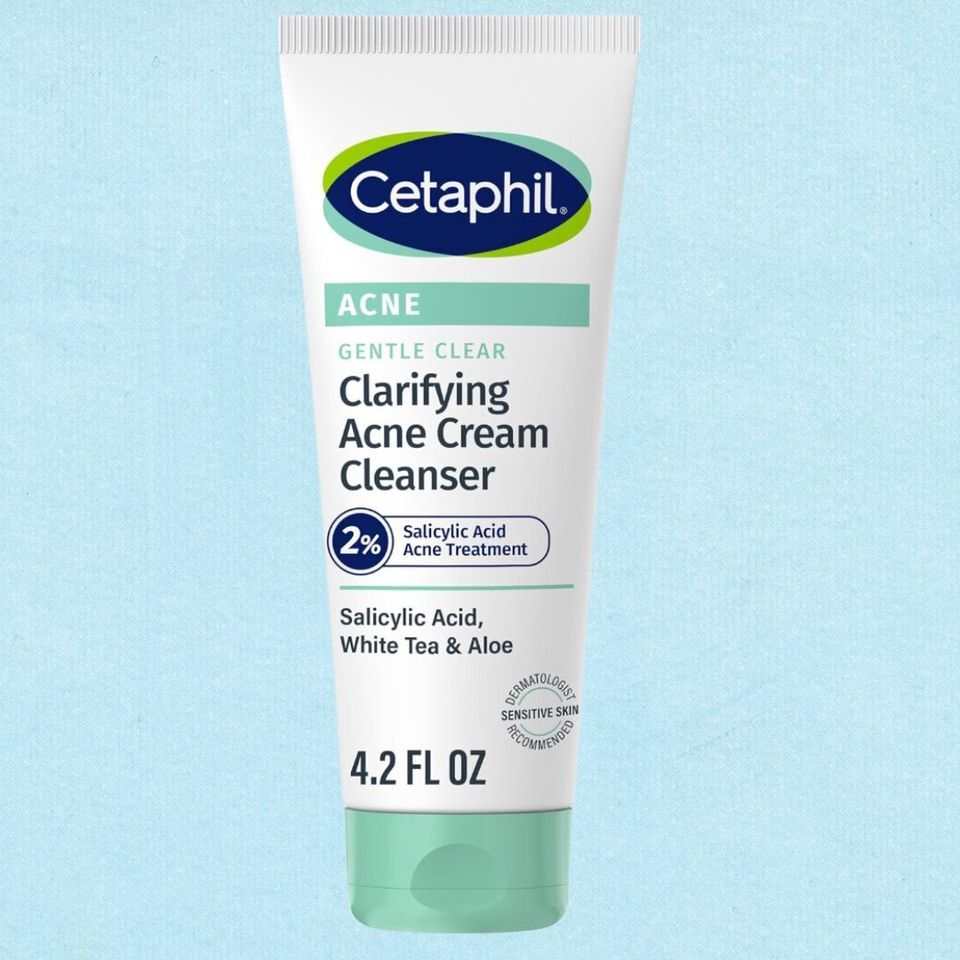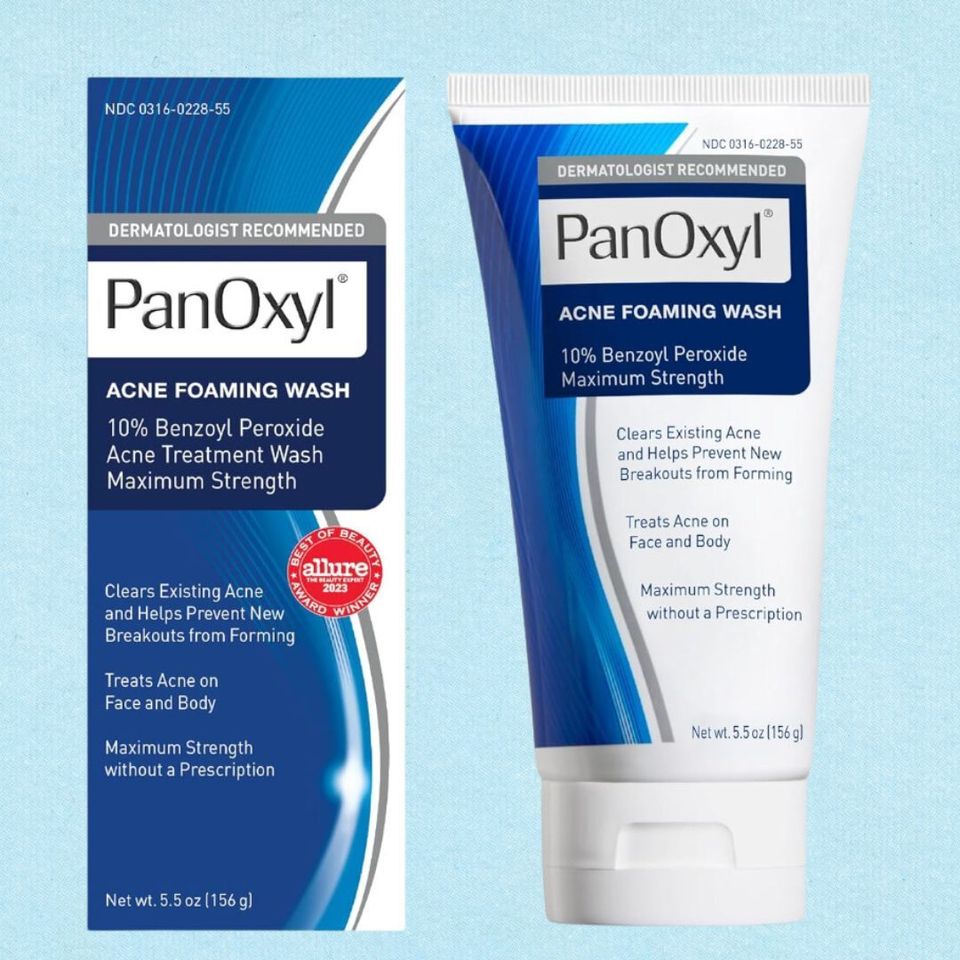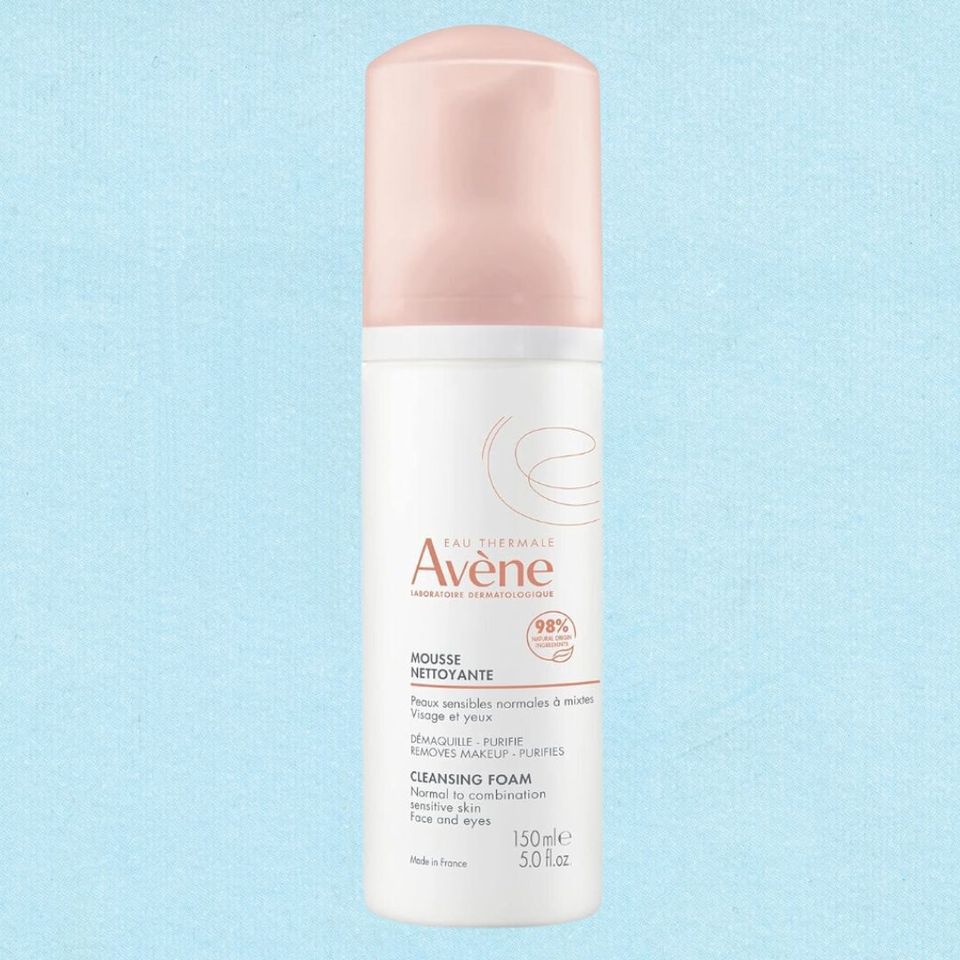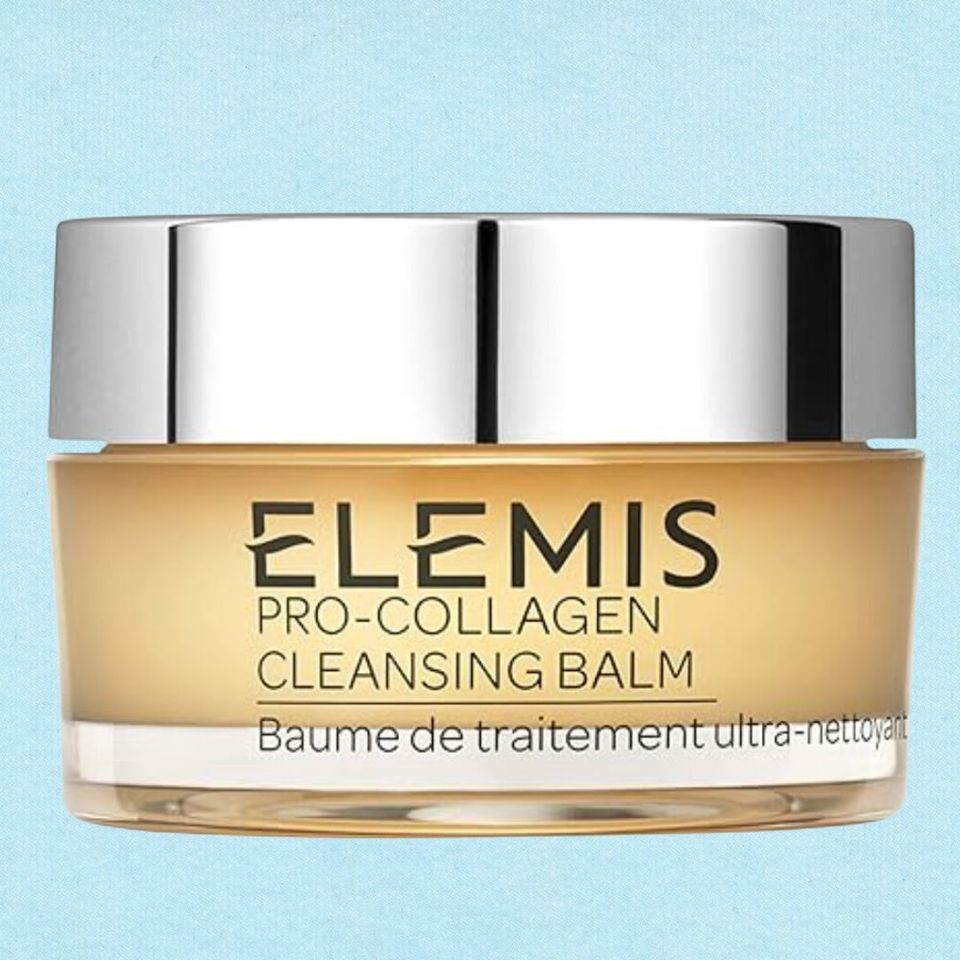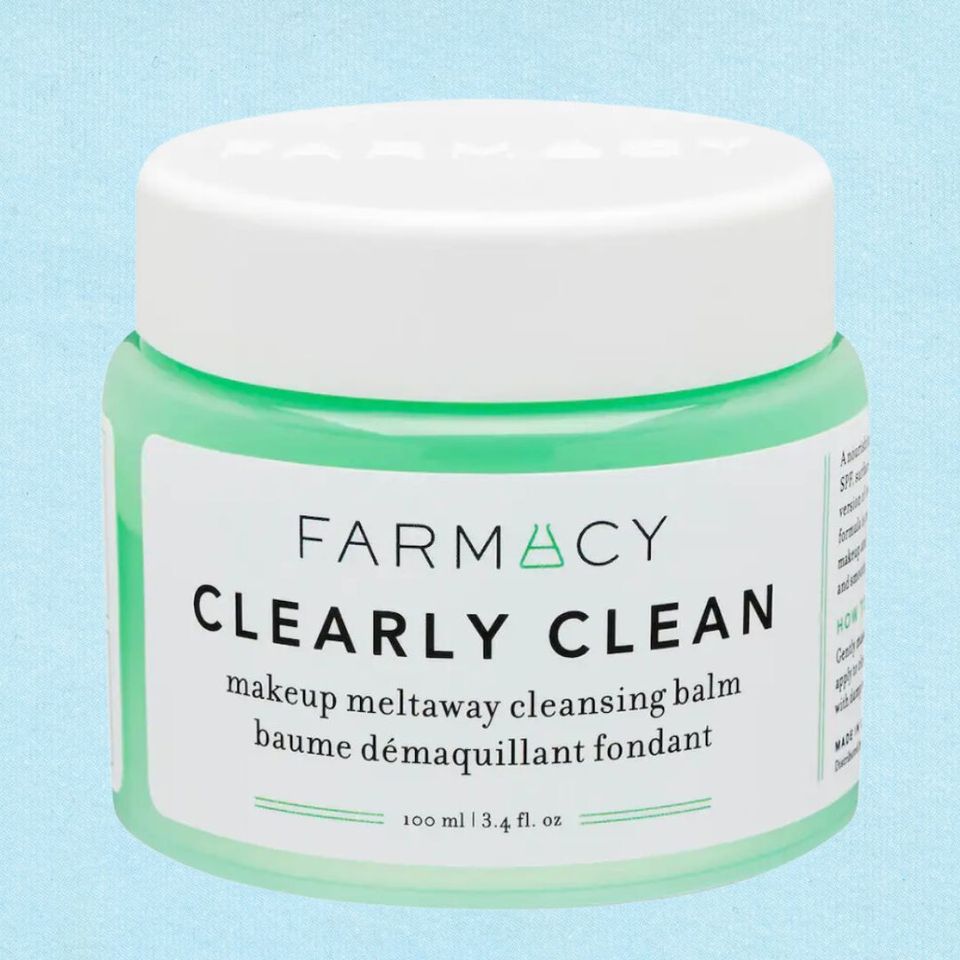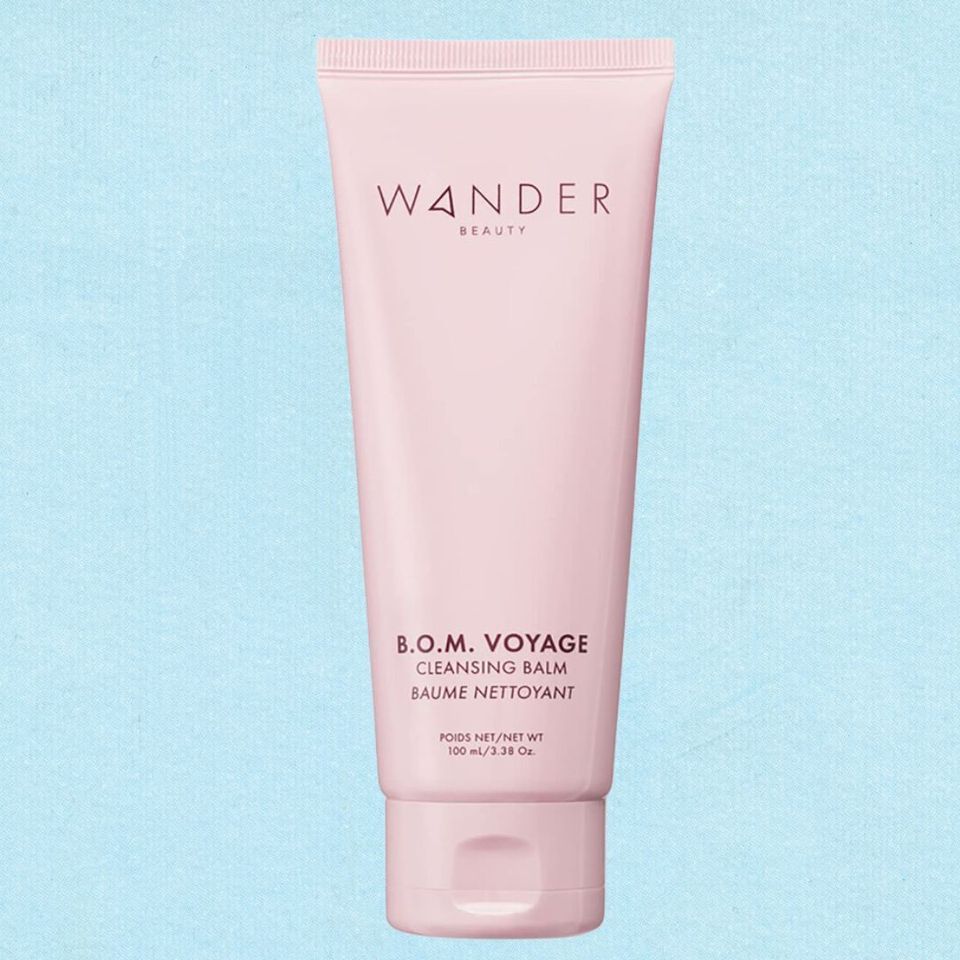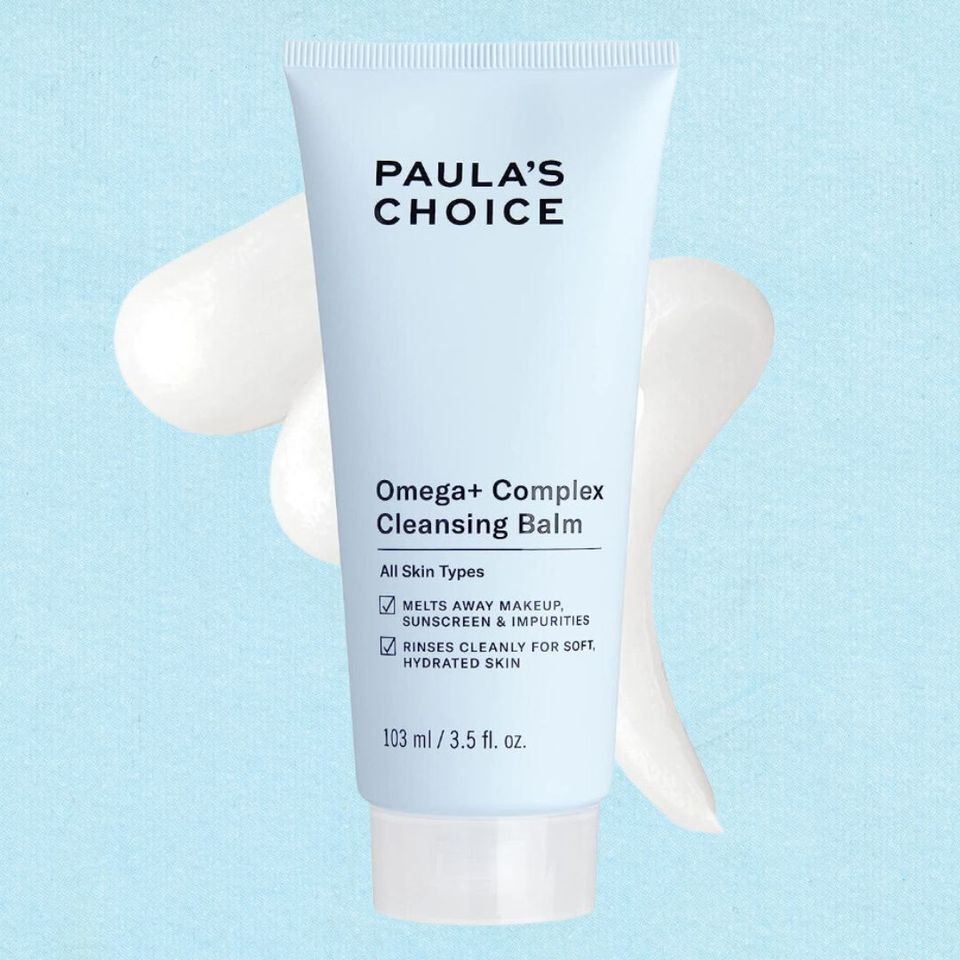When it comes to the artistry of makeup, almost anything goes, whether you want to paint on a bright graphic liner or a face full of glitter. But there are a few habits that professional makeup artists find just plain gross.
HuffPost spoke to six makeup artists to determine which habits are unhygienic and even potentially dangerous during your makeup routine.
Τhe biggest offender: Not washing your brushes and tools.
All makeup artists agreed that the most unhygienic thing people do with their makeup is, unsurprisingly, not washing their brushes and sponges enough, and often not washing them properly.
Yes, it’s a boring task but an important one — just imagine all the dust, dead skin cells and bacteria breeding on your brushes. And especially if you get the occasional breakout or have sensitive skin, you might want to think twice about using dirty brushes on your face.
The same goes for makeup sponges, said Tilly Ferrari, a London-based makeup artist and content creator. “Sponges are a breeding ground for bacteria, especially if you use them and don’t store them properly.”
”An alarming amount of people have told me they never wash their beauty sponges,” said Donni Davy, head Euphoria makeup artist and founder of Half Magic.
A 2019 study also found that 93% of beauty blenders hadn’t been cleaned, 90% had bacteria, and a whopping 64% had been dropped on the floor but continued to be used. A campaign-based study by beauty brand Spectrum Cosmetics compared the bacteria on makeup brushes to the swab of a toilet seat and the results were shocking. They found the bacteria level on the brushes when stored in various places (in a makeup bag, drawer and more) was the same or more than the toilet seat.
Even if your skin isn’t acne-prone, not washing your makeup brushes enough can cause other issues, explained Suzy Gerstein, a New York-based makeup artist: “Using dirty brushes to apply makeup can deposit oils that lead to a hard pan and reduce the longevity of your beauty products. It can also make blending more difficult, as too many colors on a brush often results in a muddy application.”
“Even your dry brushes can collect dust, pollution and product build-up that all leads to bacteria,” said Stevi Christine, makeup and brow artist. “I hear clients telling me they haven’t washed their brushes in months, which is not great for your skin, not to mention not cleaning your brushes can ruin their bristles,” she added.
So how often should you wash your brushes? Ferrari recommended washing them once a week with a specific rinse-away brush cleanser and not the spot cleansers seen on TikTok: “The easiest way to wash brushes is with a little olive oil mixed with dish soap or baby shampoo, then leave them to dry hanging off a flat surface,” she added.
Washing your brushes weekly is even more important if you have acne, explained Maria I. Rincon Djuro, a makeup artist for Kiko Milano, as dirty brushes can cause and exacerbate breakouts. “Please consider adding in time to keep your makeup products clean: compacts and bottles,” she said, especially if you keep all your products with loose brushes in a makeup bag.
“Using dish soap will clean your makeup sponge really well,” Davy said. “Then leave it to dry outside of your makeup bag. Remember to clean your eyelash curlers, too!”
Rincon Djuro advises replacing makeup sponges after three or six months at the most.
Stop sharing makeup with friends and family.
Most of us have shared makeup with friends or family, but unfortunately, this can cause various issues, according to the experts.
As a general rule of thumb, anything directly applied to the face using an applicator shouldn’t be shared with others, such as mascaras, lip glosses, eyeliners and makeup brushes.
Brushes can transfer skin bacteria and infections, and mascara takes the top spot as the worst product you can share with others. Eye infections, pinkeye and styes can be easily transmitted. Google “eyelash mites” if you need extra convincing, said makeup artist Annabel Clark-Clements.
“Sharing your mascara, waterline eyeliners and brush or doe-foot applicator products with others is the worst. It doesn’t matter if it is your best friend or your mom. These products harvest all the picked-up bacteria and multiply when the product is closed again,” Rincon Djuro said.
However, you could share a mascara if you have different applicators or spoolies, Christine noted.
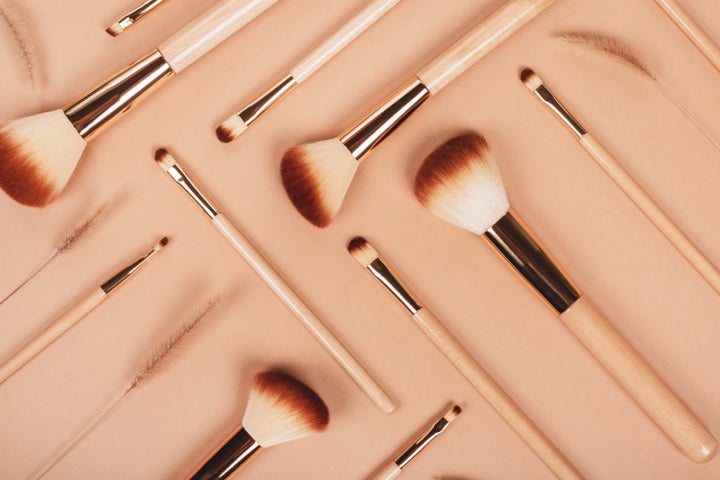
Iana Kunitsa via Getty Images
“Shared bacteria can cause infections faster than you would believe! Products that come with the applicator wand, of any kind — brushes, combs and doe-foot ones — shouldn’t be shared,” she added.
Rincon Djuro noted that pencil eyeliners can also cause issues when shared, but they are much easier to disinfect.
“Products like lipliners and lipsticks are easy enough to wipe off or even spritz with alcohol in order to share them. Whereas a lip gloss where the wand goes back into the vial is impossible to truly sanitize,” Davy told HuffPost.
Stop using testers in-store.
The samples in-stores can’t be cleaned properly, so ideally you shouldn’t apply these directly on your face.
“When shopping for makeup, do not ever put tester products on your eyes or lips. So many people’s grubby fingers have touched those! It’s germ city. Only swatch things on your hands, and wash them properly afterwards,” Davy said.
“However, I will absolutely test foundations on my face if they are in a pump or squeeze component,” Davy added.
Gerstein highly recommends sanitizing the samples before use: “I’ve worked at the beauty counter, and anything you might imagine people doing with those products, they do and beyond, so you can’t be too sanitary.”
The way you apply makeup also grosses them out.
Although dirty makeup brushes are the easiest way to transmit bacteria and dirt, makeup artists often notice something else that’s also unhygienic.
“The No. 1 gross unhygienic thing I see people do is using their saliva as water, to apply their eyeliner or using it to dampen their foundation sponges,” Christine said.
“I find it gross when people lick products when they’re running low,” echoed Clark-Clements.
“Especially eyeliner pens. Not only does this mean the eyeliner is probably way past its best-use date, but you’re also transferring bacteria across your face,” she added.
Although, as Davy noted; “I think it’s totally acceptable to lick a Q-tip to fix your own eye makeup,” since the saliva-coated Q-tip will be tossed in the trash and not used again later.
And a classic move we see people do online and IRL: “Don’t blow on your brushes — just tap off any excess!” Ferrari said.
Applying makeup with dirty hands, especially when using products that come in a pot, like lip balms, creams, blushes and more, is another no-go, Gerstein noted. Instead, she recommends carrying a bottle of hand sanitizer before applying makeup, or washing your hands if you can. If this isn’t an option you can always carry a small retractable brush to use instead of your fingers.
Makeup on public transportation, yes or no?
If you’re short on time and want to apply your makeup while commuting, this could be an issue if you don’t properly clean your hands or use tools and products that haven’t been cleaned thoroughly.
“Everything you touch is going on your face, even the bacteria from holding your phone! You can pick up germs during public transport by simply dropping your concealer while doing your makeup, grabbing it to put it on, and blending it with your fingers or sponge,” explained Rincon Djuro.
“I’m guilty of this one so I can’t be too judgmental! As long as you sanitize your hands and use a brush, I think you’re good,” Ferrari said.
“For me, this isn’t strictly a no-go, as I love having an extra 10 minutes in bed. However, last week I witnessed a woman drop her makeup brush between the seats, wipe off the dust and then continue to apply her makeup with it. To stay on the safe side, keep your products in your lap/bag [rather than on the train seats or tables], and sanitize your hands before starting,” Clark-Clements advised.
“I love doing this. You gotta do what you gotta do!” Davy said. “Just keep a hand sanitizer in your makeup bag and use it before and after you do your makeup. There’s no shame in subway makeup! Be careful not to pull your eyelashes out though when curling them — my hand slipped on my curler once and I ripped out half my lashes!”
Some extra tips
Don’t keep your mascara after its expiration date, and throw it out any time you get an eye infection, to avoid it from spreading — yes, even if it’s brand new. “Once opened, the mascara is exposed to bacteria and using this after any form of eye infection will just spread the bacteria back and forth,” Clark-Clements said.
She added that the same goes for cold sores: if you get one, avoid using lip products or concealers directly from the applicator, as you risk spreading it.
A cotton makeup bag that can be thrown in the washing machine can be handy.
Looking for some great facial cleansers to wash off all that bacteria? Here are some dermatologist-recommended options.
HuffPost and its publishing partners may receive a commission from some purchases made via links on this page. Every item is independently curated by the HuffPost Shopping team. Prices and availability are subject to change.
Dry and sensitive skin
A famed hydrating cream cleanser
Board-certified dermatologist Dr. Marisa Garshick claimed that this non-foaming, fragrance-free and milky cleanser effectively gets rid of dirt and buildup without leaving the skin feeling dry and without the use of any harsh surfactants.
“It contains hyaluronic acid to hydrate the skin as well as ceramides [to] support and strengthen the skin barrier,” Garshick said.
An ultra-gentle soap-free cleanser
“It’s gentle enough to be used every day and can remove makeup and excess oil, without drying the skin out,” she said.
A skin-barrier-supporting oil cleanser
A foaming cleansing oil
Shirazi noted the gentle and hydrating ingredients like shea butter, redness-reducing niacinamide and glycerin, a dermatologist-trusted humectant that draws moisture into the skin.
Normal and combination skin
A non-drying antioxidant cleanser
A gentle lathering jelly with cantaloupe extract
“Formulated with nourishing ingredients like cantaloupe extract, a gentle surfactant blend, glycerin, and virgin marula oils, [this] helps break up makeup and impurities while simultaneously hydrating and soothing the skin,” Shirazi said of this lightweight jelly cleanser by Drunk Elephant that can address skin concerns like redness and irregular skin texture. It’s also rich in fatty acids and antioxidants to help address signs of premature skin aging.
A gentle jelly cleanser with ceramides
According to Garshick, Skincare Junkie’s delightful jelly cleanser contains a blend of ceramides to support a healthy skin barrier as well as soothing cucumber and niacinamide to help tackle everything from redness to skin dullness. She added that the fragrance-free, skin-softening and pH-balancing formula is good for all skin types.
A purifying foam cleanser
Unlike the other La Roche-Posay cleanser on this list, this one works into a rich lathering foam while promising not to strip the skin of all its natural and essential oils.
A foaming version of the classic hydrating cleanser
“Formulated with three essential ceramides, hyaluronic acid, and amino acids, it works synergistically to cleanse and hydrate the skin effectively. Additionally, it is very cost-effective, making it an excellent choice for maintaining healthy skin without breaking the bank,” she said.
Oily and acne-prone skin
A clarifying acne cream cleanser
“The gentle cream-to-lather [formula] uses salicylic acid to help clean out pores and reduce breakouts and oil, without drying out the skin,” she said.
A maximum-strength benzoyl peroxide wash
A glutamic acid cleansing foam
Already on sale at Amazon, you can save an extra 5% by clicking the coupon box on the product page and the additional discount will show up at checkout.
A breakout-fighting cleanser that’s safe for sensitive skin
Cleansing balms
A pro-collagen cleansing balm
A melt-away cleansing balm
A nourishing balm-to-milk cleanser
An omega-rich cleansing balm

